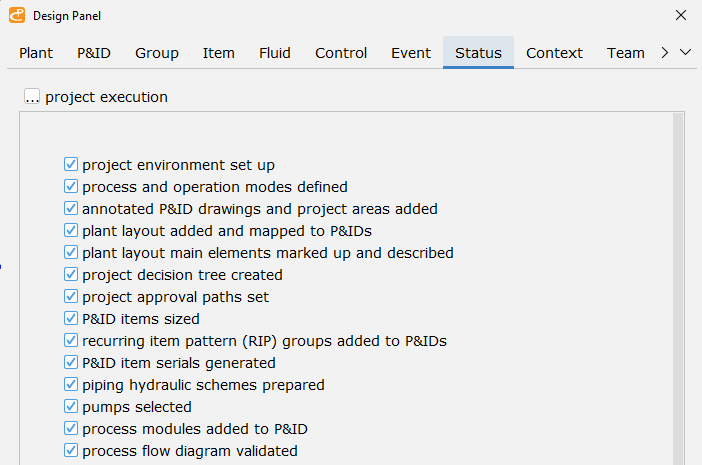
Years ago I accidentally overheard the conversation between CEO and VP of a mid-size engineering company engaged in desalination projects. CEO asked VP with unabated fear: "What if we win this mega-project?"
Luckily they lost it. This saved the company from possible bankruptcy as it had neither business structure nor business process management (BPM) matching mega-projects. Deep expertise in desalination was not enough.
In the past BPM was focused on resources, tools, and workflow. Digitization keeps on changing this scope: tools are being replaced with 7x24 digital services doing the job of the 5x8 human resources. Now they may be on-demand and located in different places and time zones.
Hybrid business process may be modeled as a sequence (unidirectional graph) of interrelated atomic tasks executed by human or by software. For example, the designer sizes the main equipment, while the software - all the auxiliary one. The designer defines the plant scope and size, the software creates the project schedule.
Interaction between the designer and the software resembles chess game where the player after making the move, presses the button on the chess clock. The huge difference is that before making its move, the software shall validate the designer move. Besides, all the moves are known in advance (see image below). They are described in "Designer Guide", while validation tasks - in "Information Quality".

Methods of BPM are improving too - Artificial Intelligence (AI) takes over in decision making. AI starts from O&M where data is in abundance.
So the first two elements of modern BPM are data collection and its validation. As the crenger.com development shows, in hybrid business process this data should address the human errors first.
Interestingly enough, most of the validation tasks in crenger.com are a direct response to errors (or in the crenger.com parlance - exceptions) made by the PlantDesigner author with rich experience in design. "To err is human" works in different directions despite known rules. The reason is continuous partial attention affecting up to 80% of office workers (James Nestor). In other words, most errors are not an indication of the lack of expertise, but rather state of perpetual distraction.
Exceptions analytics is probably the most exciting part of BPM as it bridges IT and human psychology. Here the intention is not to find the scapegoat, but to identify the ways for personal development and growth instead. Or to auto-create personal resumes. This topic is discussed in "Ranking Project Team Expertise".
Human exceptions data may be extracted from these available data sources. Some of them are analyzed in "Digital Collaboration in Projects".
- Direct validation of the project data
- User repeated updates
- User's to-do list
- Outstanding issues handling
- User reporting on workhours
- Communication
All points but the last are self-explanatory. Here communication is an exchange of messages overloaded with some engineering data teared off from the project context. To understand the message, the addressee shall reconstruct the context. Distributed resources – new phenomenon - amplify the impact of the said communication problem on the BPM outcome.
Crenger.com handles this third element of BPM in two ways. The first deals with the message re-targeting. Instead of a person, it may be sent to tasks executed by this person, or to objects involved in the task scope. The second is ordinary messaging from the user interface enhanced with possibility of the screens synchronization.
